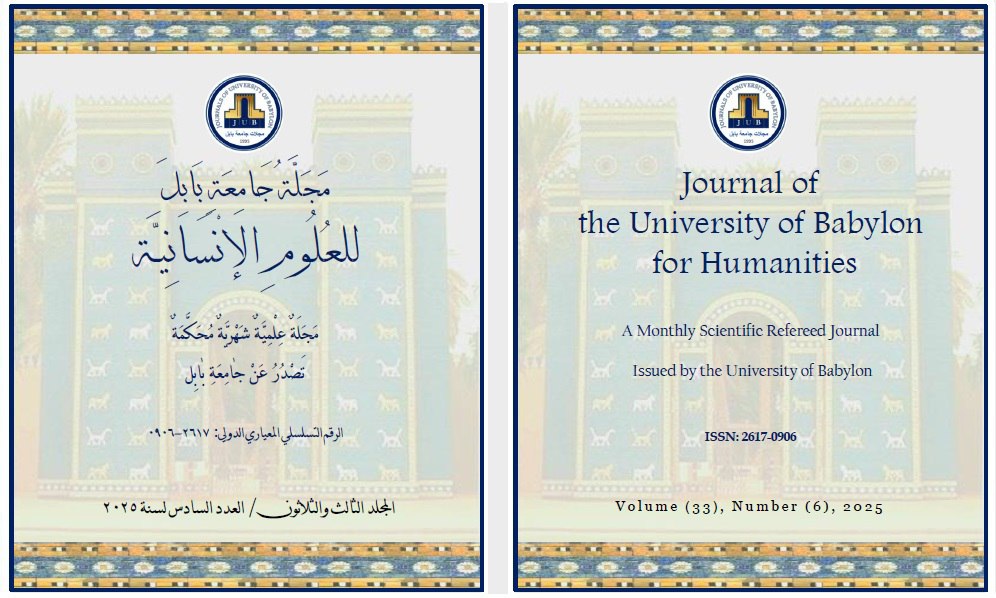The Hologram Technology in the Scenography of Contemporary Arabic Theatrical Performances: Hamlet in Reverse as a Model
Main Article Content
Abstract
This research addresses hologram technology as a visual element of theatrical performance through a contemporary theatrical work that represents an applied model of this innovative technology. The research comprises four chapters. The first chapter (the methodological framework) addresses the research problem, defined by the following question: "What is hologram technology in contemporary Arab theatrical performances - Hamlet Upside Down - as a model?" The importance of the research lies in its presentation of a qualitative leap in terms of the potential for dazzle and expanding the boundaries of imagination and creativity in Arab theater. The need for it benefits students, researchers, and practitioners in addressing new topics that have not been easy to express through traditional means. The aim of the research was to identify hologram technology in the scenography of contemporary Arab theatrical performances. The research was limited to 2022, the year of the performance of "Hamlet Upside Down," which was presented on the stage of Al-Salam Theater in Egypt. The chapter concluded by defining terminology.
The second chapter (the theoretical framework) consists of two sections. The first section deals with hologram technology, while the second section deals with holograms in art, first, and holograms in the scenography of global and Arab theatrical performances, second. The chapter concludes with indicators of the theoretical framework. The third chapter (research procedures) adopts a descriptive approach to analyze the play "Hamlet in Reverse," directed by Mazen Al-Gharbawi. The most prominent results include: the director (Mazen Al-Gharbawi) dealing with technology as a pivotal element that imposes specific formulations on how to create relationships between all the elements of the theatrical performance, given that the hologram technique represents a technical breakthrough in contemporary theatrical performance. The following are the conclusions, recommendations, and suggestions, followed by a list of references and sources.
Article Details
Issue
Section

This work is licensed under a Creative Commons Attribution 4.0 International License.

